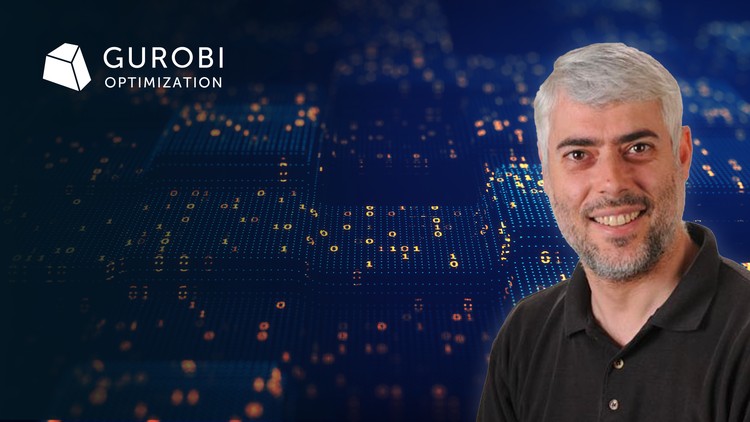
A comprehensive introduction to mathematical optimization and gurobipy tailored to data scientists and problem solvers
What you will learn
What is optimization and how can it be applied to complex problems?
How to identify an optimization problem and translate real life into optimization models
Learn about solvers and algorithms
Introduction to Gurobi/gurobipy and using it in exercises and real-world problem solving
Description
Welcome to Introduction to Optimization Through the Lens of Data Science!
This free 4-part course was developed to help teach data scientists how to add optimization to their toolbox and when to use it in their advanced problem-solving. We will cover a comprehensive introduction to optimization, when optimization is the best tool to solve a problem, and how to translate real-life problems into optimization.
We will introduce you to world-class tools to help you problem solve, and provide everything from basic hands-on exercises to more advanced full real-world use cases to reinforce all new concepts of prescriptive analytics as you learn them. We look forward to having you learn optimization (and gurobipy) with expertise from Dr. Joel Sokol and the team of Ph.D. experts from Gurobi Optimization, who helped develop this comprehensive introduction to mathematical optimization.
In part 3, you will model yes/no decisions and complex logical constraints with binary variables and link them to continuous variables. You will also explore classic optimization model archetypes.
Hands-on Exercises:
Please check the resource section of many of the lectures to find self-assessments in the form of exercise files and solution files. You will also notice we have data and code files available to help you work your way through these practice exercises.
Content